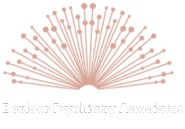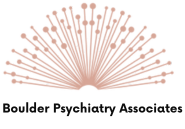What Even Is ADHD?
It’s not just “kids bouncing off the walls because of Mountain Dew.” ADHD is a legit, brain-based condition where your attention, impulse control, and ability to sit through algebra without doodling swords in the margins all go haywire.
The DSM (aka the Big Book of “Why You’re Weird”) calls it “a persistent pattern of inattention and/or hyperactivity-impulsivity that interferes with functioning.” Translation: you get distracted, lose stuff, can’t focus, and sometimes annoy your teachers so much they start day-drinking.1
Percentage of U.S. children who’ve ever been diagnosed with ADHD: 11.4%2
Percentage of those children who will lose their shoes before school: 100%
Average number of times a parent yells, “Where are your SHOES?!” before 8:00 a.m.: infinity
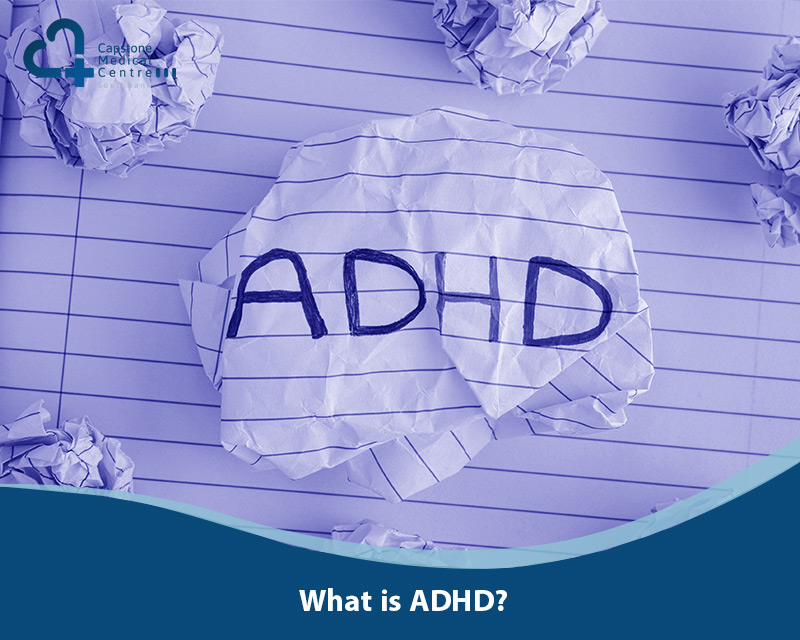
A Hundred Years of “You Can’t Sit Still”
ADHD has gone through more name changes than Prince, and each one reflects whatever nonsense the era thought about kids who couldn’t sit still.
- 1900s: “Defects of moral control.” Translation: your kid’s bad, fix him with church, farm chores, and a daily dose of shame.3
- 1968: “Hyperkinetic Reaction of Childhood.” Sounds like a bad punk band.3
- 1980: “ADD, with or without hyperactivity.”3
- 1987: “ADHD.”3
- 1994–present: Split into “presentations”: inattentive, hyperactive-impulsive, combined.3
Fun fact: for decades, you had to show symptoms before age 7 to qualify. Then the DSM moved it to before age 12, because apparently middle schoolers deserve to join the club too.3
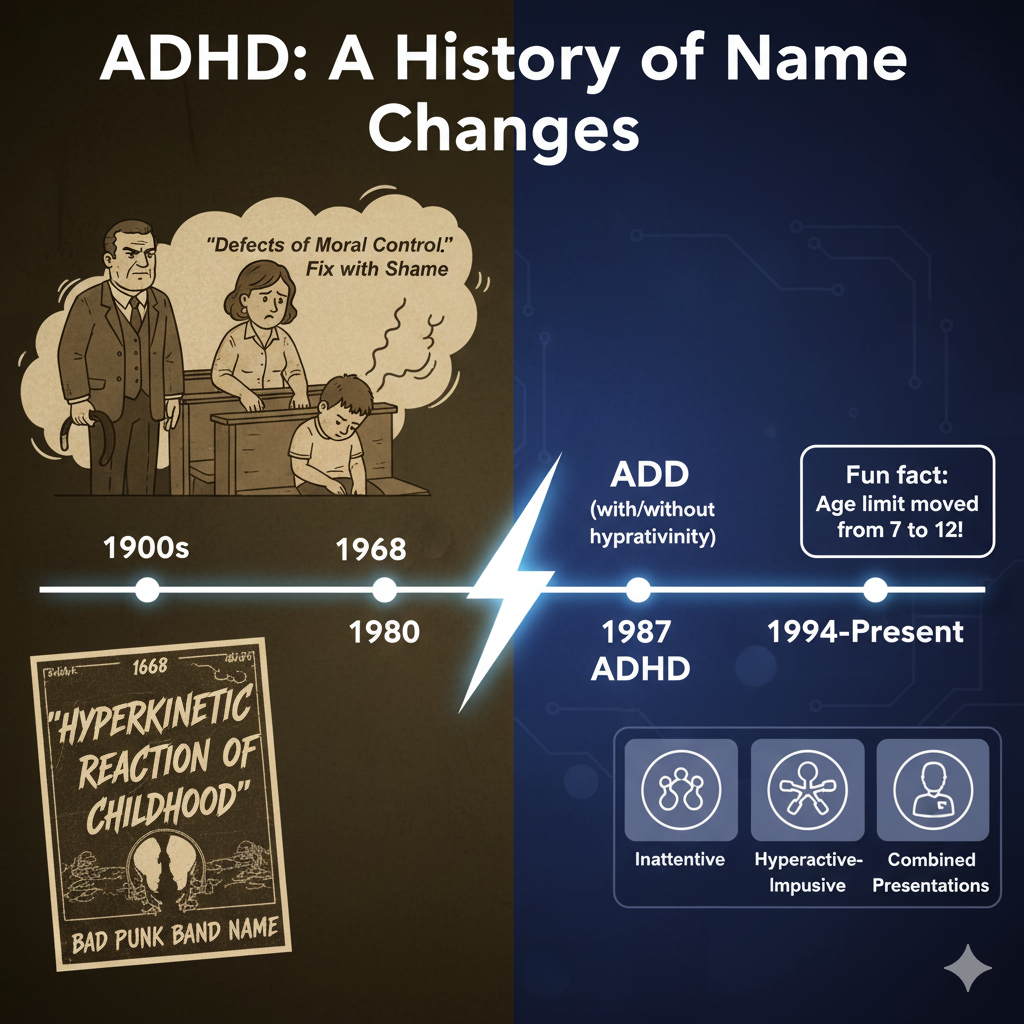
How Is ADHD Diagnosed?
This is where people always ask: “Isn’t ADHD overdiagnosed? Kids just need to go outside more.” Nice try, Uncle Ted, but no. Diagnosis is not “the kid moved in class once.” There’s an actual process.4
- History and interviews. A clinician asks about symptoms across settings.
- Rating scales. Parents and teachers fill out questionnaires. The big ones:
- Conners Rating Scales
- Vanderbilt ADHD Diagnostic Rating Scale
- SNAP-IV5
- Rule out other stuff. Sleep problems, anxiety, depression, trauma, learning disorders, or even hearing loss can look suspiciously like ADHD.6
- Optional neuropsych testing. Continuous Performance Tests (CPTs), IQ, memory, etc. Helpful, but not required.7
- Apply DSM rules. Symptoms must last at least 6 months, start before age 12, and cause actual problems in daily life.1
So who can officially diagnose? Psychiatrists and pediatricians can both diagnose and prescribe. Psychologists can diagnose but not prescribe (outside a few states). Neurologists sometimes weigh in. Teachers and school staff can suggest evaluation but not diagnose.8
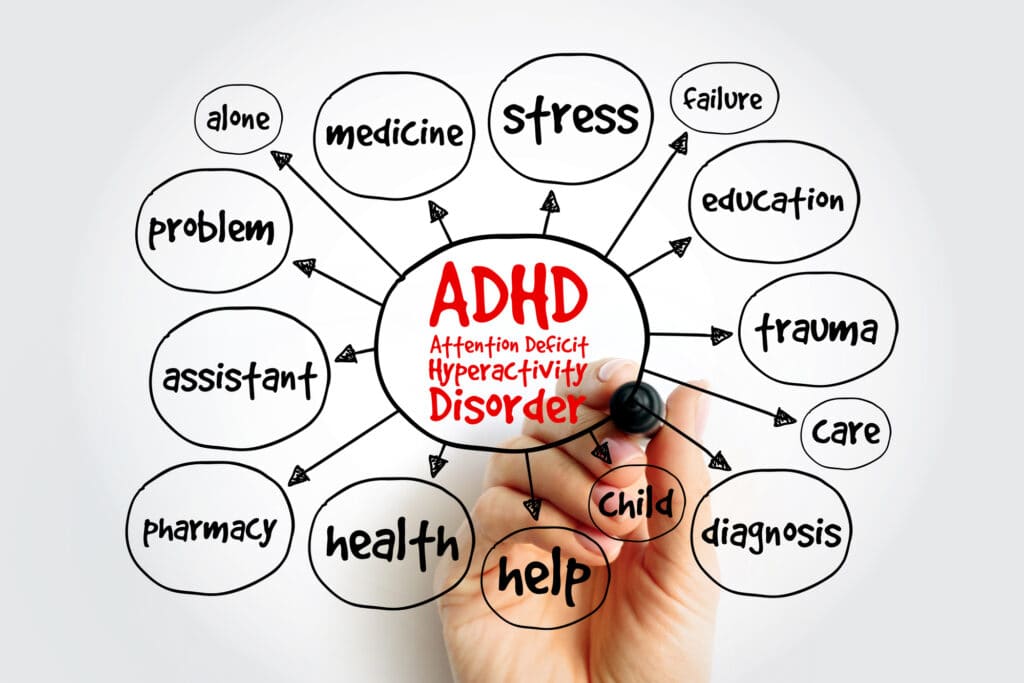
Is There an ADHD “Epidemic”?
Back in 2003, about 7.8% of U.S. kids had an ADHD diagnosis. By 2011, it jumped to 11%. As of 2022, around 7 million kids—1 in 9—carry the label.2
Highest reported state rate: 16%2
Lowest reported state rate: 6%2
This isn’t contagion on the school bus. It’s broader criteria, more awareness, girls and inattentive kids being recognized, and adults realizing that forgetting rent isn’t just “quirky.”9
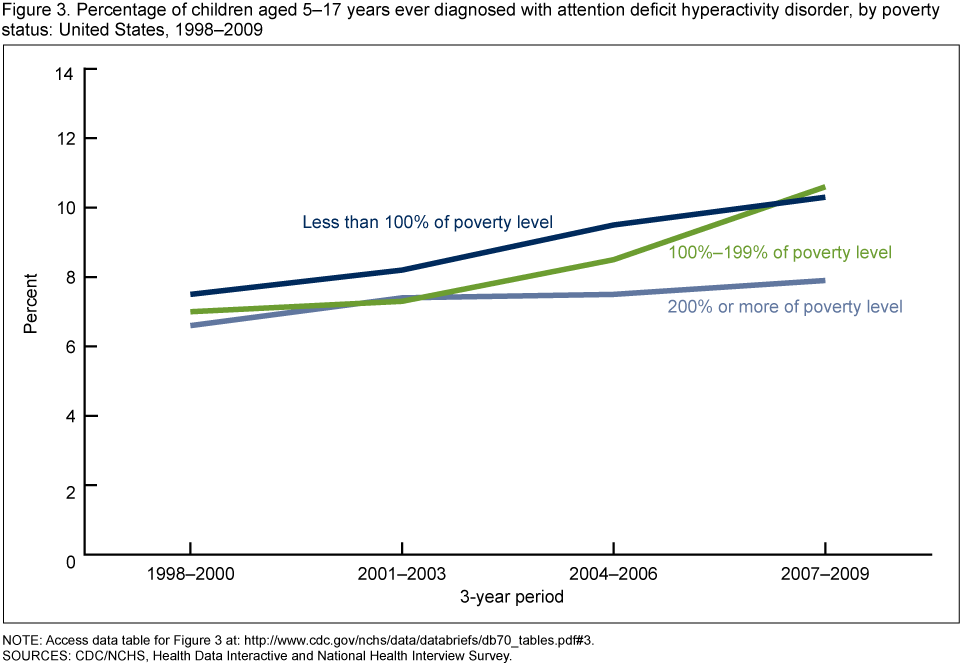
ADHD Around the World
- U.S. (~11%): Champions of diagnosis, fueled by standardized tests, long school days, and drug ads.10
- France (~3–4%): Family therapy and strict parenting often first line.11
- Italy (~1–2%): Cultural differences and espresso-fueled childhood.11
- UK (~5–7%): Slower to diagnose, catching up.11
- Scandinavia (~5–8%): Despite having world-ranked education systems, they still report ADHD because universal healthcare and registries mean better detection.12
So it’s not that American kids are “worse.” Different systems = different visibility.
Why Does ADHD Seem So Much More Common in the U.S.?
- School structure. Long, test-heavy days = more symptoms flagged.13
- Healthcare and pharma. Only the U.S. and New Zealand allow direct-to-consumer drug ads.14
- Cultural productivity obsession. Focus is treated like morality.15
- Awareness campaigns. CHADD helped normalize ADHD.16
- Researchers. Hinshaw (gender disparities), Jensen (DSM criteria), DeGrandpre (Ritalin Nation).17
Overdiagnosed or Undiagnosed?
Both.
- Overdiagnosis: Younger kids in a grade are more likely to be labeled simply for immaturity.18
- Underdiagnosis: Girls, minorities, and adults often get overlooked.19
Girls get diagnosed later than boys.17 Adults: 4–5% of U.S. population has ADHD, most untreated.20 Kids with birthdays right before school cutoff: 30% more likely to be diagnosed.18
I know this is an incredibly frustrating and often controversial group of topics. Please let me know how you feel, go to my website, www.boulderpsychiatryassociates.com, or if you are in our beautiful neck of the woods, Boulder, please stop by for some cookies.
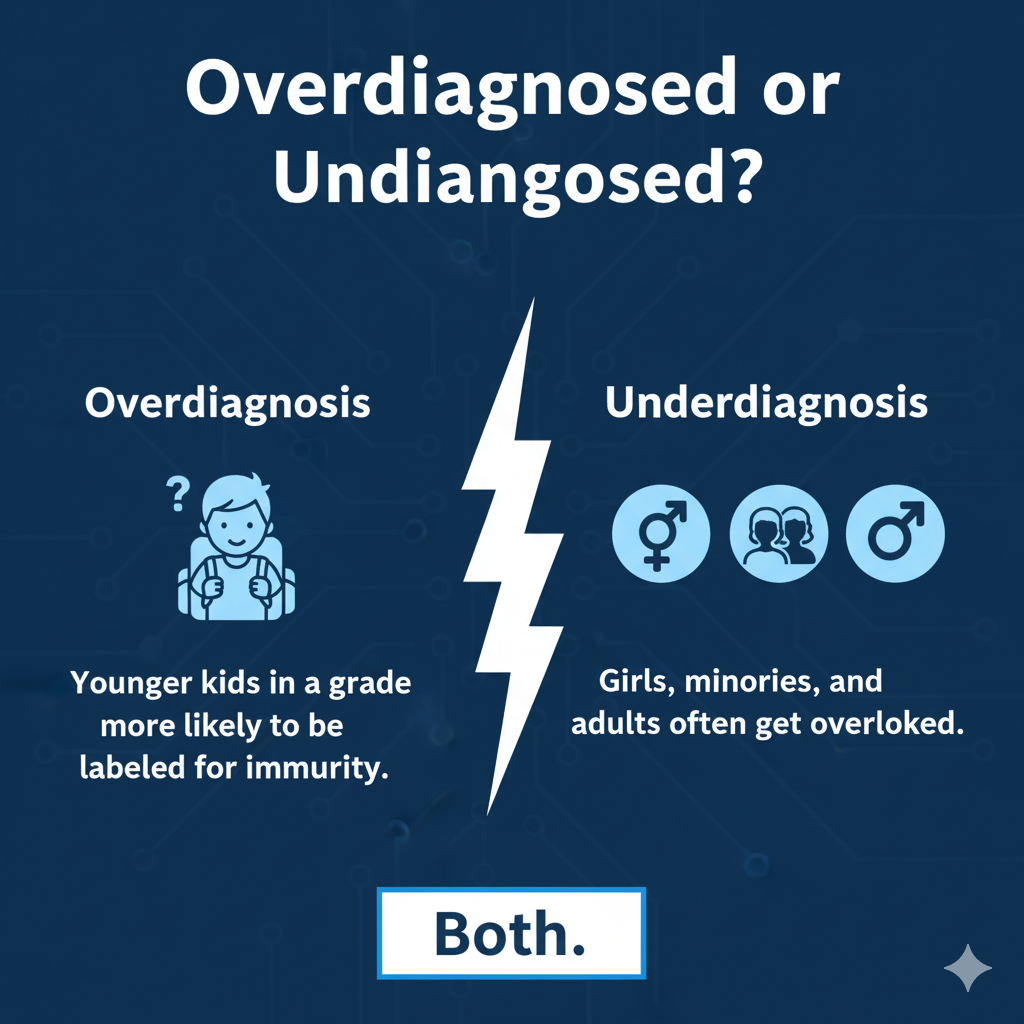
Coming Up Next
Think this was wild? Just wait until we tackle stimulant medicines for ADHD. We’ll dig into the differences between methylphenidate and amphetamines, why some kids swear Adderall is magic while others just get sweaty palms, and how doctors actually decide between “Concerta” and “the one that makes your insurance company sigh the loudest.”
- Percentage of parents who panic at the word “stimulant”: 87%
- Percentage of those same parents who drink coffee every morning: 100%
- Chance stimulants will suddenly make your kid love chores: let’s just say don’t bet the mortgage
Stay tuned—next time, we’re going full pharmacology, without the nap-inducing lecture hall.
Footnotes
- American Psychiatric Association. DSM-5. Washington, DC: APA, 2013. ↩
- Danielson, M.L. et al. “Prevalence of Parent-Reported ADHD Diagnosis and Treatment.” JAMA Pediatrics. 2018;172(2):121–123. ↩
- Still, George F. “The Goulstonian Lectures.” The Lancet. 1902; APA DSM-II (1968), DSM-III (1980), DSM-III-R (1987), DSM-IV (1994). ↩
- Wolraich, M. et al. “Clinical Practice Guideline for ADHD.” Pediatrics. 2019;144(4): e20192528. ↩
- Conners, C.K. Conners Rating Scales – Third Edition. Multi-Health Systems, 2008; Wolraich, M. et al. “Vanderbilt ADHD Diagnostic Parent Rating Scale.” Pediatrics. 2003; Swanson, J. et al. “SNAP-IV.” 1992. ↩
- Brown, T.E. Attention Deficit Disorder: The Unfocused Mind in Children and Adults. Yale University Press, 2005. ↩
- Riccio, C.A., Reynolds, C.R., Lowe, P. “Clinical Applications of Continuous Performance Tests.” J Clin Exp Neuropsychol. 2001;23(5):792–803. ↩
- Barkley, R.A. ADHD: A Handbook for Diagnosis and Treatment. Guilford Press, 2014. ↩
- Hinshaw, S.P., Scheffler, R.M. The ADHD Explosion. Oxford Univ Press, 2014. ↩
- Conrad, P. Identifying Hyperactive Children: The Medicalization of Deviant Behavior. Lexington Books, 1976. ↩
- Lecendreux, M. et al. “Prevalence of ADHD in France.” Eur Child Adolesc Psychiatry. 2011; Cortese, S. “ADHD Prevalence in Italy.” J Atten Disord. 2012; Sayal, K. et al. “ADHD in the UK.” Br J Psychiatry. 2018. ↩
- Pagsberg, A.K. et al. “ADHD in Denmark: Nationwide Prevalence and Trends.” Acta Psychiatr Scand. 2023; World Bank. “Education Quality Rankings.” 2021. ↩
- Currie, J., Stabile, M. “Child Mental Health and Human Capital.” J Health Econ. 2006;25(6):1094–1118. ↩
- Mintzes, B. “Direct-to-Consumer Advertising of Prescription Drugs.” BMJ. 2009;338:b249. ↩
- Hallowell, E.M., Ratey, J.J. Driven to Distraction. Anchor Books, 1994. ↩
- CHADD. “About Us.” Children and Adults with ADHD. 2022. ↩
- Hinshaw, S.P. “ADHD in Girls and Women: A Critical Review.” Clin Psychol Rev. 2002; Jensen, P.S. et al. “ADHD: Current Understanding of Causes and Treatment.” J Child Psychol Psychiatry. 1997; DeGrandpre, R. Ritalin Nation. W.W. Norton, 1999. ↩
- Elder, T.E. “Relative Standards in ADHD Diagnoses.” J Health Econ. 2010;29(5):641–656. ↩
- Morgan, P.L. et al. “Racial and Ethnic Disparities in ADHD Diagnosis.” Pediatrics. 2013;132(1):85–93. ↩
- Kessler, R.C. et al. “The Prevalence and Correlates of Adult ADHD.” Am J Psychiatry. 2006;163(4):716–723. ↩
